Single pane windows without storms?
3bean3
11 years ago
Related Stories
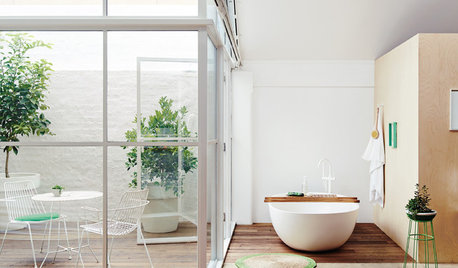
BATHROOM DESIGNWindows That Expose Your Bathroom to Light Without Exposing You
Enjoy the best of both worlds with window tricks that give you privacy along with the views and natural light
Full Story
LIFE6 Ways to Cool Off Without Air Conditioning
These methods can reduce temperatures in the home and save on energy bills
Full Story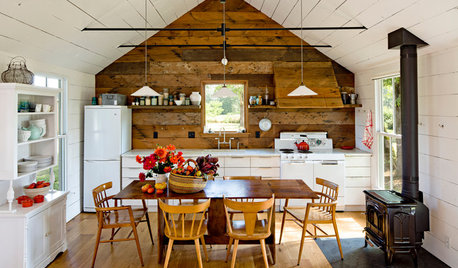
KITCHEN DESIGNA Single-Wall Kitchen May Be the Single Best Choice
Are your kitchen walls just getting in the way? See how these one-wall kitchens boost efficiency, share light and look amazing
Full Story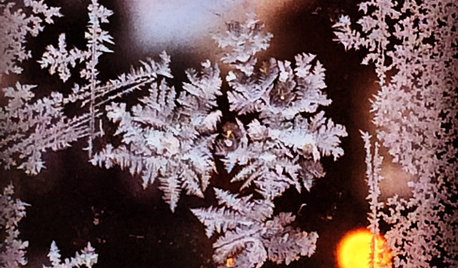
LIFEPolar Vortex: How Houzzers Are Coping With the Storm
Spirits are staying high even as the mercury plunges to new lows. Do any of these firsthand accounts sound familiar?
Full Story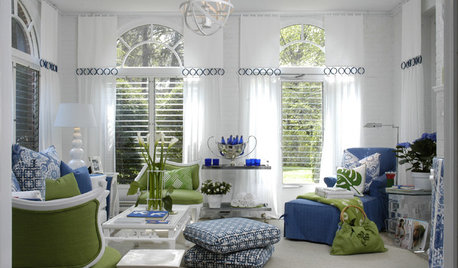
DECORATING GUIDES12 Ways to Cool Your Home Without Air Conditioning
If your summer energy bill is leaving you hot under the collar, consider these savvy alternate strategies for cooling down
Full Story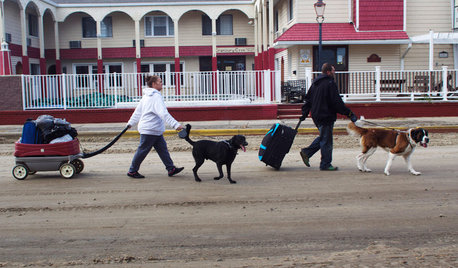
DISASTER PREP & RECOVERY5 Essential Elements of a Storm Evacuation Plan
Be ready to make a quick getaway from a storm with these tips for packing up, planning and protecting your home while you're away
Full Story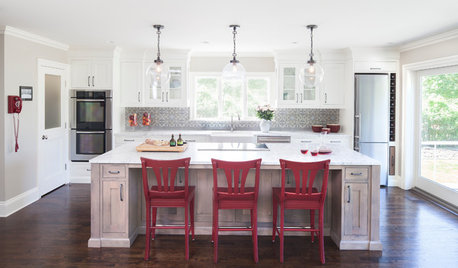
KITCHEN OF THE WEEKKitchen of the Week: The Calm After the Storm
Ravaged by Hurricane Sandy, a suburban New York kitchen is reborn as a light-filled space with a serene, soothing palette
Full Story
ENTRYWAYSSingle Design Moves That Can Transform an Entry
Take your foyer from merely fine to fabulous with one brilliant touch
Full Story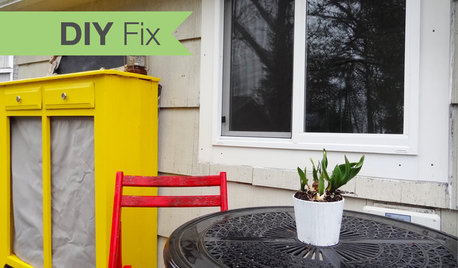
Replace Your Windows and Save Money — a How-to Guide
Reduce drafts to lower heating bills by swapping out old panes for new, in this DIY project for handy homeowners
Full Story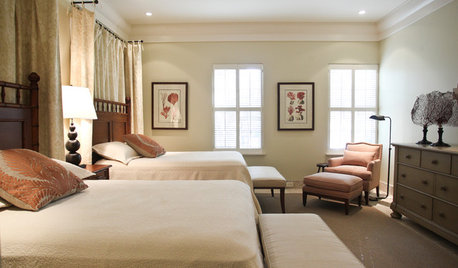
DECORATING GUIDESHow to Work With Awkward Windows
Use smart furniture placement and window coverings to balance that problem pane, and no one will be the wiser
Full StoryMore Discussions






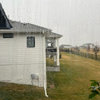

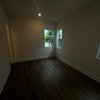
oberon476
Trapper1
Related Professionals
Cypress Window Contractors · Hammond Window Contractors · 45056 Window Contractors · Baileys Crossroads Window Contractors · Webster Groves Window Contractors · Fernway Interior Designers & Decorators · Linton Hall Interior Designers & Decorators · Mount Sinai Interior Designers & Decorators · Citrus Heights General Contractors · Elgin General Contractors · Euclid General Contractors · Kentwood General Contractors · Millbrae General Contractors · Seguin General Contractors · River Forest Carpenterssombreuil_mongrel
Windows on Washington Ltd
brickeyee
Windows on Washington Ltd
oberon476
brickeyee
Windows on Washington Ltd
oberon476
Windows on Washington Ltd
brickeyee
Windows on Washington Ltd
Trapper1
Windows on Washington Ltd
farmgirlinky